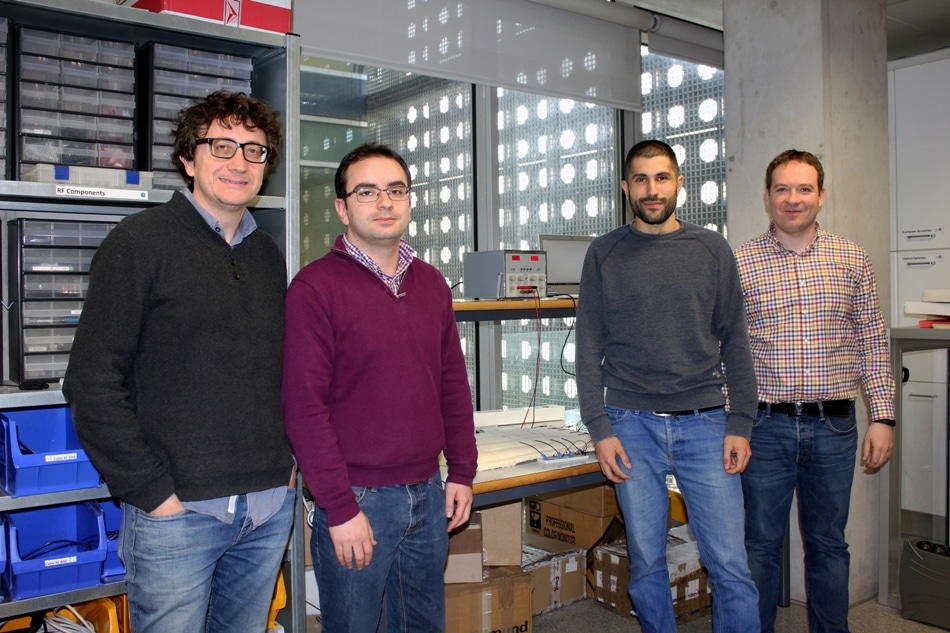Apr 12 2018
A team of researchers at the Universitat Politècnica de València (UPV), working as part of the Telecommunications and Multimedia Applications Institute have designed and built optic fiber sensors which when embedded into a mattress, make it possible to non-invasively monitor breathing and movements.
 Image credit: Universitat Politècnica de València
Image credit: Universitat Politècnica de València
Results of the preliminary tests performed in the lab reveal that these sensors could be used in the future to monitor cardiopulmonary activity and to detect sleep apnea.
Optic fibre has numerous benefits: it is very small, light, can be easily installed within many structures and is immune to electromagnetic radiation. It also has downsides though, mainly that it has to be connected with cables, which increases cost and renders it pointless for certain uses. This is not the case with this study for vital sign monitoring however, where optic fibre can prove very beneficial
Salvador Sales, Researcher of the UPV’s iTEAM
The system includes low-cost components: plastic fiber, an Arduino, and industrial CCDs integrated to detect pressure differences. “It is a system which could easily be replicated in a large-scale production process,” adds Demetrio Sartiano, also a researcher at the iTEAM-UPV.
After the assessment of this first prototype, the team’s work is currently centered on enhancing data processing to prevent instabilities and to incorporate automatic learning methods to more easily detect breathing irregularities in real patients.
The work of the UPV researchers is part of the European FINESSE project, and the details of the research have been published in the journal Sensors.
Other Uses: Surgical Robots, Satellites…
The researchers are also exploring other uses for these optic fiber sensors, including integrating them to a surgical robot, developed in partnership with Twente University. Here, the system enables controlling the location and movement of the robot inside the human body. “Optic sensors detect curving and stretching. Information can be extracted from them and processed in real time, providing information on the way the surgical tool is advancing, how it is positioned and its movement,” explains researcher Dr David Barrera.
Also in the medical domain, they are partnering with some Swiss scientists to design dental tools that have optic fiber inside. In this case, the fiber sensor measures the temperature when positioning implants, thereby enhancing the process.
Another domain they are working in is aerospace: they are designing a sensor for the European Space Agency which will be capable of measuring temperatures of up to 1,200 °C, “useful namely to monitor satellites when they reenter the atmosphere,” as researcher Javier Madrigal explains.
“Also in civil engineering, these sensors offer great features to evaluate the conservation state of infrastructures such as bridges or tunnels,” concludes Salvador Sales.